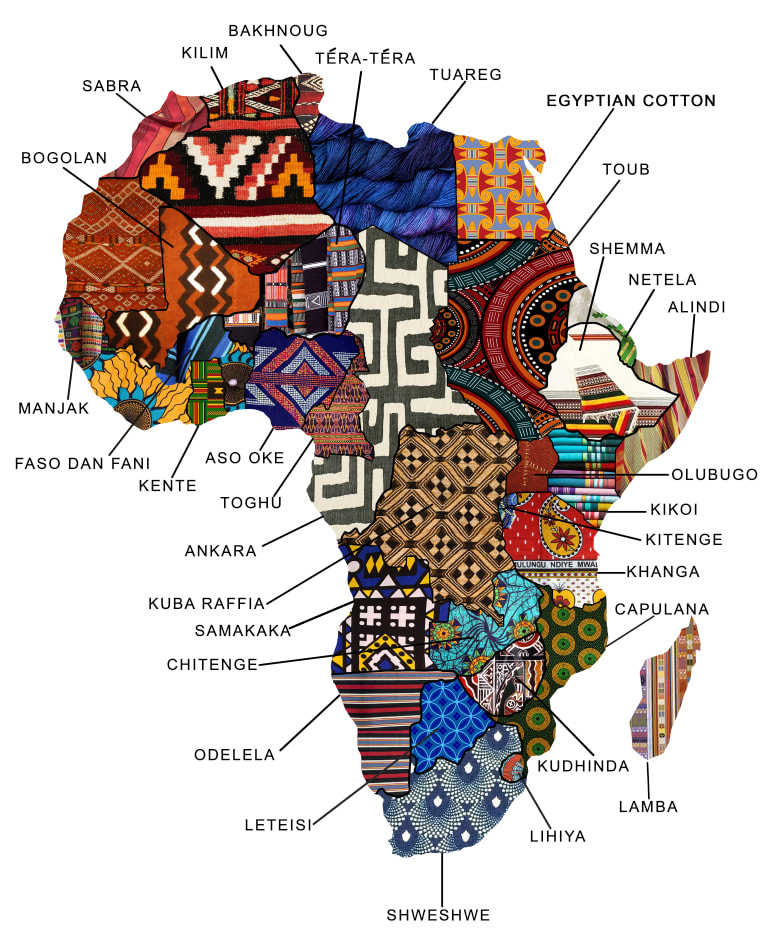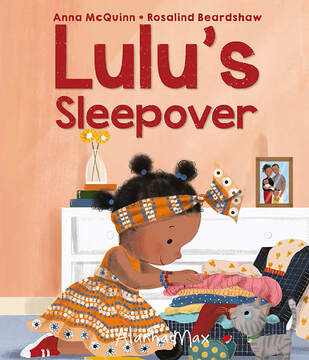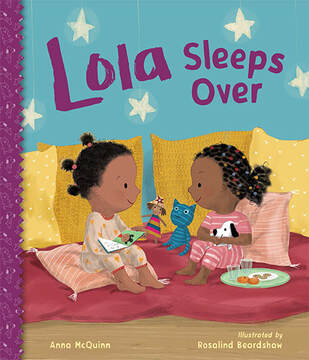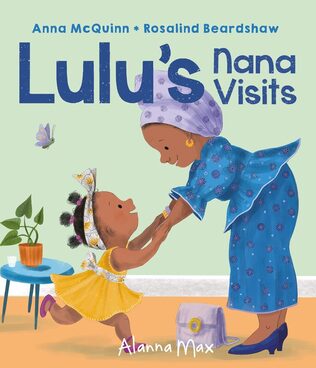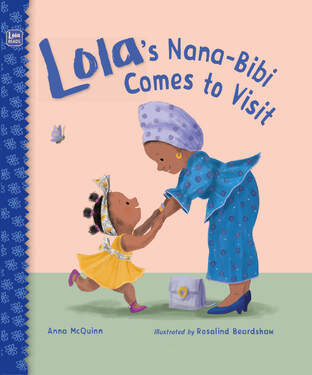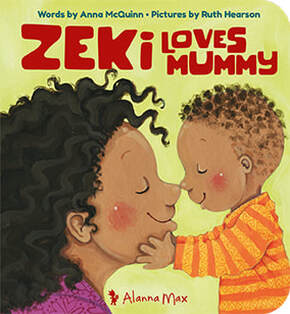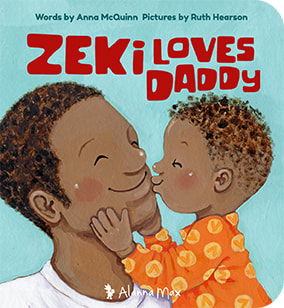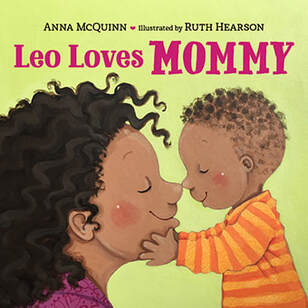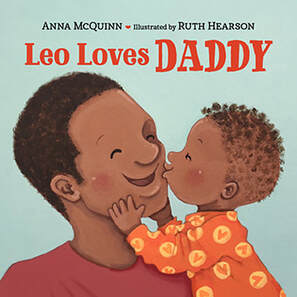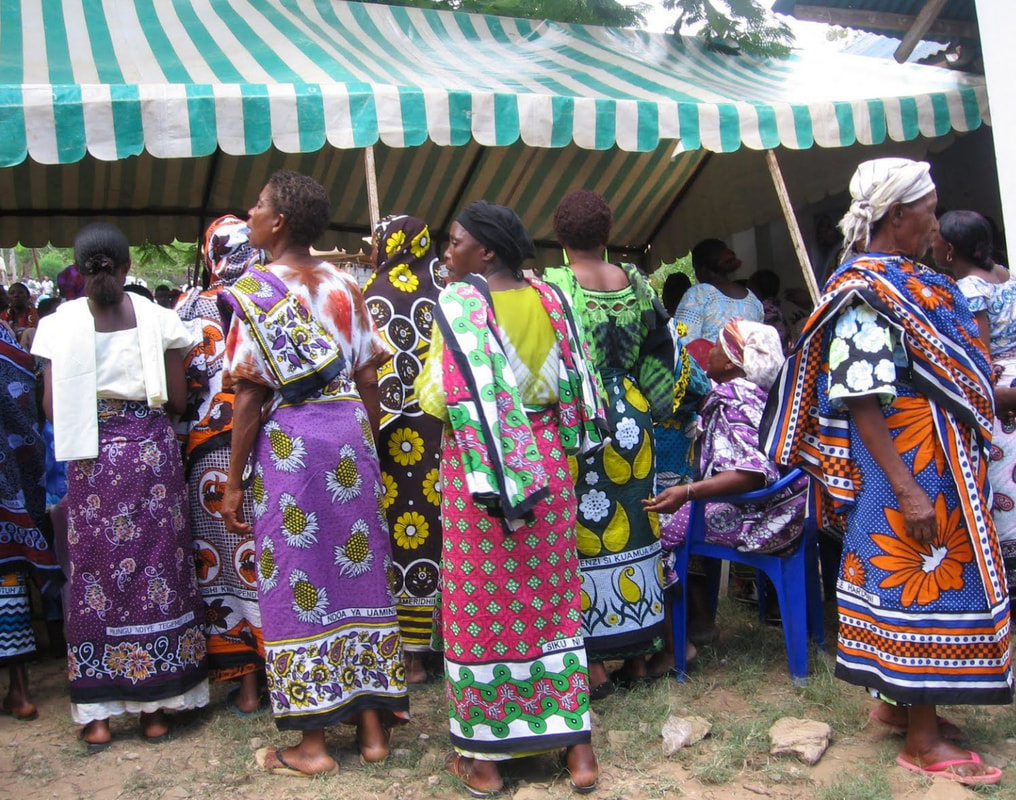|
Khanga or Kanga - an inspirational fabric from Tanzania
Picture book authors and illustrators often spend HUGE amounts of time building in layers of things for readers to notice and uncover on second, third, fourth... readings. We know that our stories will be read multiple times and that children are skilled at noticing the tiniest of details (many are 'reading' the pictures more than the words at this age).
Khanga fabric from Tanzania has been hugely influential in my books - click on the covers to read more... |
